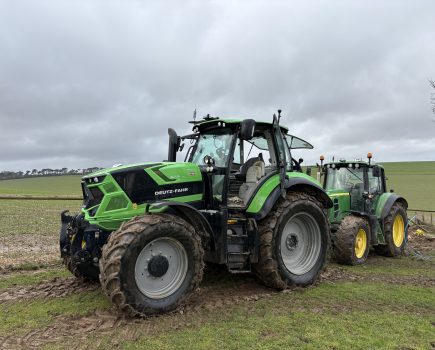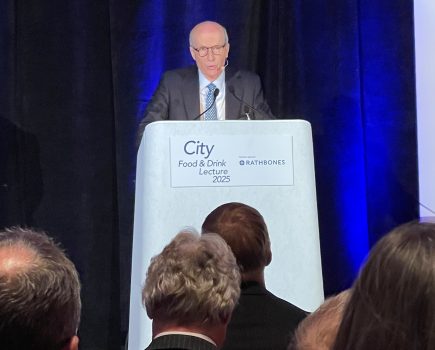It’s been a tricky season. First a wet autumn, then a wet spring.
But, thanks to continued wet weather in May and June, at least my wheat crop, which struggled to emerge through the biblical floods of October, has filled out better than I dared hope. Similarly, my spring beans, not drilled until late April, have now grown away well and show promise.
But while I’m feeling upbeat about my harvest prospects, I’m still fretting about new-crop grain prices. It doesn’t matter how much concern there is about drought in Russia or the US, nothing lifts them.
I could have written everything you’ve read so far in this article about the ups and downs of a crop growing season and grumbles about low grain prices most of the years I’ve been arable farming. But now there is a new worry. Is all this hassle really worth it, given the money on offer from the Sustainable Farming Incentive (SFI) and other government agri-environment schemes?
Most farmers are finding these payments tempting, so much so that the government has had to introduce a 25% limit on how much land individual growers can enter into the SFI. Some were piling into schemes to shut down 80% while others were even taking their whole farms out of arable production by taking options like ‘flower rich blocks’, ‘pollen and nectar flower mix’ and ‘winter bird food on arable land’.
But even with a limit now put on the more generous options, there are still plenty of other SFI ‘actions’ for growers to consider. How about sowing a ‘herbal ley’ or a ‘legume fallow’? Neither produces a crop but both represent a low cost/low risk option as a break to wheat, which is very appealing to those of us who have experienced rollercoaster yields, particularly from spring break crops like rape, peas, beans and barley.
What will be the effect on our national grain harvest if we all rush large hectareages into SFI? If what I hear down the pub or read in the farming press is anything to go by, it could be significant. Tens of thousands of farmers have already applied to enter the scheme, but we don’t yet know what impact it’s going to have on production.
No-one’s going to miss me entering my scrubby downland field margins into an SFI option, but if hundreds of thousands of acres of Grade 1 black fen and Grade 2 brick earth are going over to butterflies and bees then we’re soon going to be knocking on Brazil’s door for ever more quantities of imported grain.
Speaking at the Cereals event in June, senior grain trader at Cefetra Chris Wood predicted a UK 2024 wheat harvest of 10.5 million tonnes due to this season’s difficult weather. This is three million tonnes less than the five-year average and four million tonnes less than our domestic consumption.
But if SFI remains on the table as an option for arable farmers, and if arable profitability doesn’t soon improve, it won’t be long before a 10.5 million tonne UK wheat harvest will seem like a large one.
For more like this, sign up for the FREE South East Farmer e-newsletter here and receive all the latest farming news, reviews and insight straight to your inbox.







